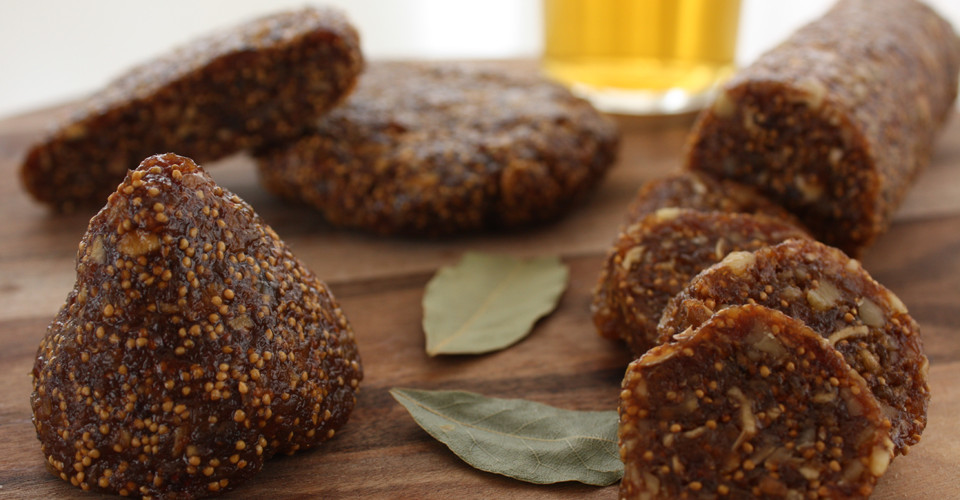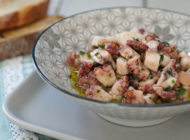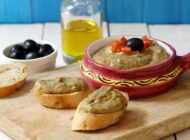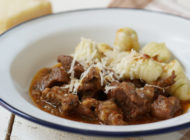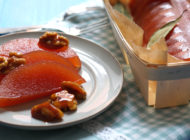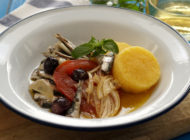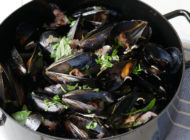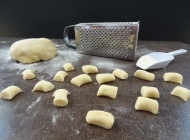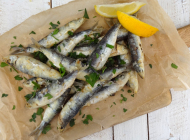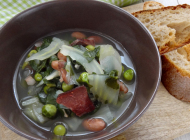At the beginning of the last century at Vinodol municipality, the region “one step away from sea, two steps away from snow” grew over 25.000 fig trees and 250 tons of figs were produced per year. Today barely 4.500 trees remained, and among those most of them are domesticated sorts such as: bilica, črni and beli vuk, hrastača, manjukva, poganka, vlahinja and zelenica.
Women from villages Bribir, Grižane and from neighbouring villages have carried dried figs in large baskets on their backs and would head to Gorski kotar (mountainous region) and to the neighbouring villages to sell them or trade them for products that grew better there. The figs were valued so much, that one kilogram of figs could have been traded for one kilogram of beans or six kilograms of potatoes.
There are numerous delicacies that can be made out of figs, and many old recipes found in cookbooks in cities along the coast and islands speak for themselves. For example, pekmezača (cake made of figs), marmalade, Rakia, wine and vinegar, fig cake….
The basic ingredients of the fig cake are dried figs and grape brandy (or grape rakia- originally called lozovača). Other ingredients vary from the location. On the island of Cres raisins and fennel are added, on the island of Krk chopped walnuts, and on the island of Vis handful of fennel flowers per 2 kilos of figs. They vary even in size and shape, so on the island of Cres the fig cake has a shape of a cone, on the island of Krk the cake is formed in loaves and on the island of Vis it looks like a little pie.
Fig cake is dried up to 15 days, occasionally turned around and covered with bay leaves and rosemary branches. This cake is an authentic example of food preserving in the old days. High percentage of sugar in figs, alcohol and antibacterial effect of bay leaves and rosemary can preserve this delicacy for up to 4 months.
Although the fig cake used to be a part of the labor workers diet who were working at the fields or wine yards the whole day, today it is served for Christmas or feasting, thinly sliced and enjoyed with a glass of grape or herb brandy or sweet dessert wine prošek and pleasant chatting.
Although other ingredients such as white wine, cinnamon or almonds can be added, the basic recipe is still number one of the original delicacy Dalmatia and the islands.
Sources
Zlatan Nadvornik: Hrvatska tradicionalna jela i pila (Croatian traditional food and drinks)



